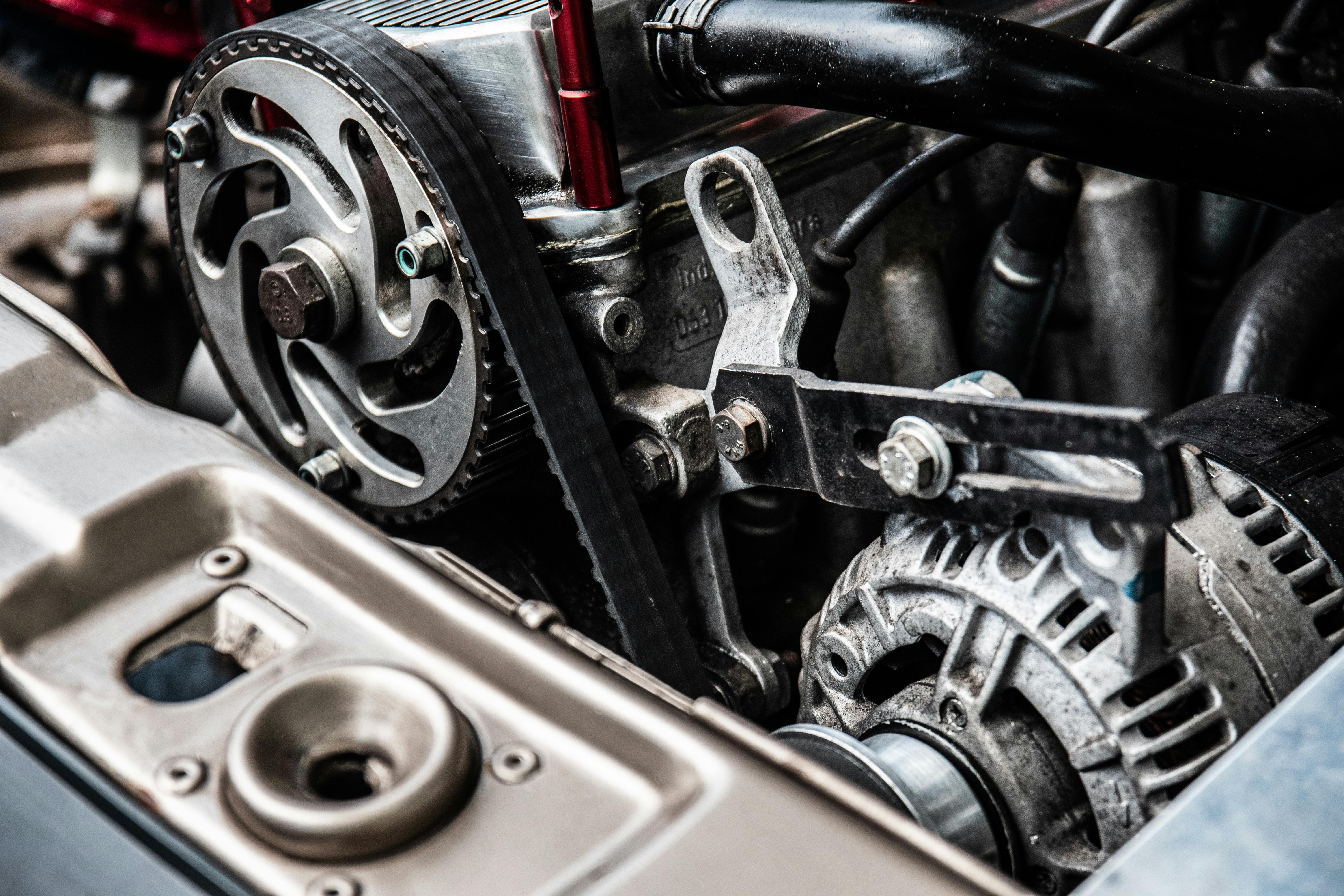
Who doesn’t love the idea of saving money, especially when it comes to the often expensive realm of car maintenance? The use of second-hand car parts is a phenomenal way to keep your vehicle running smoothly without breaking the bank. This article explores the ins and outs of navigating the world of used car parts, offering valuable insights into making cost-effective and environmentally friendly choices.
The Allure of Second-Hand Parts
The main draw of second-hand car parts is, without a doubt, the potential savings. However, the benefits extend beyond mere cost; sourcing used parts can be a remarkably sustainable practice, reducing waste and the need for new resources. This section delves into the multifaceted advantages of choosing second-hand parts, underlining why it makes sense for your wallet and the planet.
Where to Find Quality Used Car Parts
While the idea of using second-hand parts is appealing, knowing where to find reliable components is essential. From reputable online platforms to local salvage yards and specialized forums, there are several avenues to explore. This section guides readers through the varied landscape of second-hand part sourcing, emphasizing the importance of quality and reliability.
If you’re considering the option to salvage a car, it’s crucial to ensure that the parts are sourced from reputable networks that provide quality components and have a clear process in place. This choice not only contributes to environmental sustainability but also offers an effective way to manage costs while ensuring your vehicle stays in top condition.
Installation: DIY or Professional?
Deciding whether to install a second-hand car part yourself or enlist the help of a professional is a crucial consideration. This section explores the pros and cons of each option, providing readers with the knowledge needed to make an informed decision based on their skills, the complexity of the task, and the potential for savings.
The Potential Pitfalls
While the advantages of using second-hand car parts are considerable, there are also potential drawbacks to be aware of. From the risk of buying defective or incompatible parts to warranty concerns, this section outlines the challenges one might face and offers tips for navigating these issues with minimal risk.
Understanding Compatibility
One of the key challenges in opting for second-hand parts is ensuring compatibility with your vehicle. This section offers a primer on how to navigate the complexities of matching used parts with your car, touching on topics like OEM numbers and the importance of detailed research before making a purchase.
Maximizing Savings
To truly benefit from the savings offered by second-hand car parts, one must approach the process with a strategy. This section provides valuable advice on how to maximize savings without compromising on quality or reliability. Tips include negotiating prices, exploring various sourcing options, and the importance of establishing a network of trusted suppliers.
Legal Considerations
Purchasing second-hand car parts can sometimes lead to legal complications, especially if the parts are sourced from less reputable suppliers. This section highlights the importance of being aware of the origin of the parts, ensuring they are not stolen or otherwise encumbered by legal issues. Practical advice includes checking for receipts, certifications, and proof of ownership to safeguard against any legal pitfalls.
Ensuring Quality and Longevity
While pursuing savings through second-hand parts, it’s crucial not to overlook quality and longevity. Ensuring that the parts you’re considering still have plenty of life left can prevent future issues and additional expenses. This segment stresses the importance of conducting thorough checks and, if possible, opting for refurbished over merely used parts to get the best blend of cost-effectiveness and reliability.
Leveraging Expert Advice
For those less familiar with car maintenance and repair, leveraging expert advice when shopping for second-hand parts can be invaluable. Seeking opinions from mechanics, joining automotive forums, and even consulting with friends knowledgeable about cars can lead to better decisions. This part underscores the value of a supportive community and expert insights in navigating the second-hand parts marketplace effectively.
Conclusion
Embracing second-hand car parts is a smart choice for savvy car owners looking to save money and support sustainable practices. With careful research, a keen eye for quality, and a bit of patience, you can keep your vehicle in top condition without draining your wallet. Remember, saving money doesn’t mean you have to compromise on quality or reliability; it’s all about making informed choices and knowing where to look.
